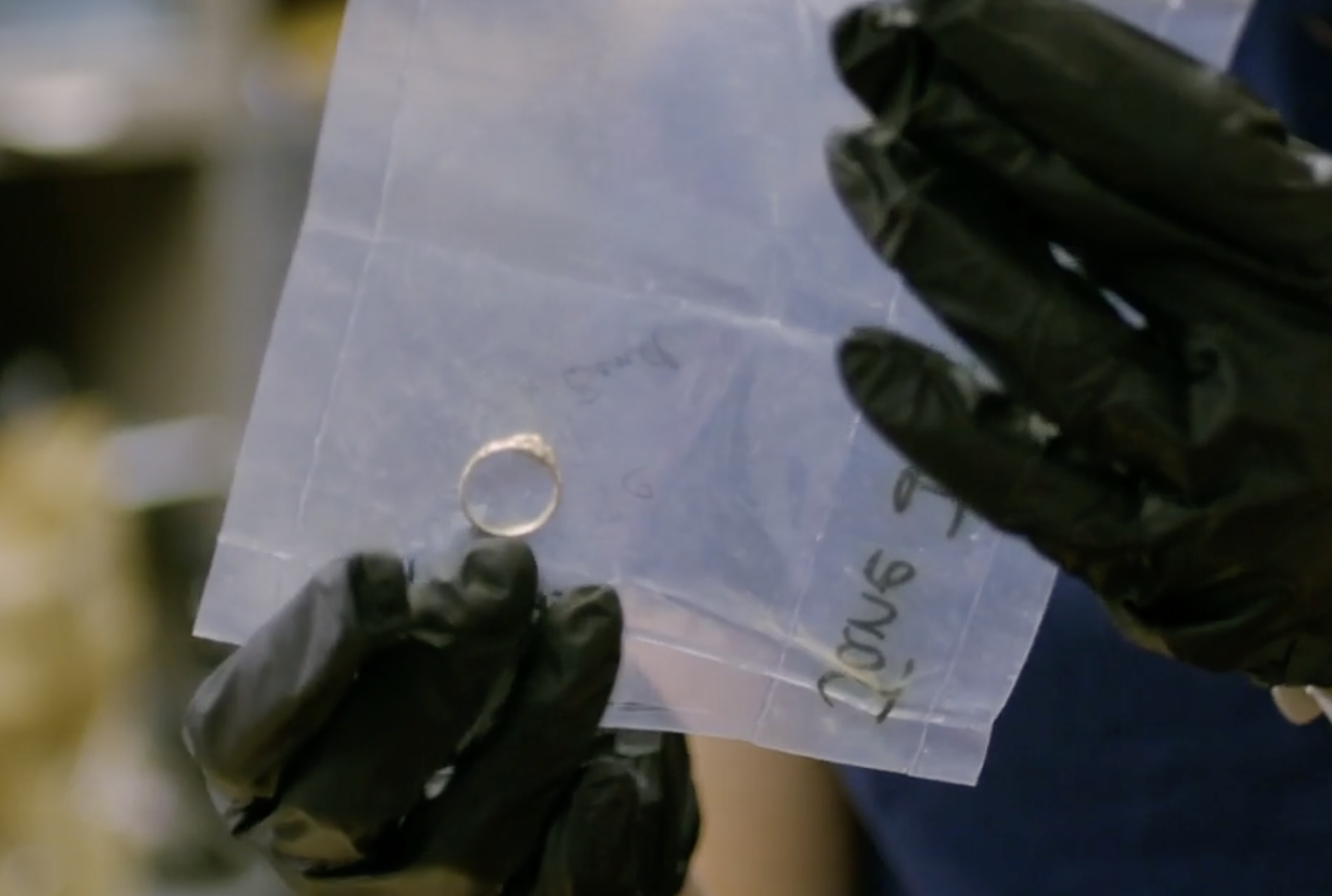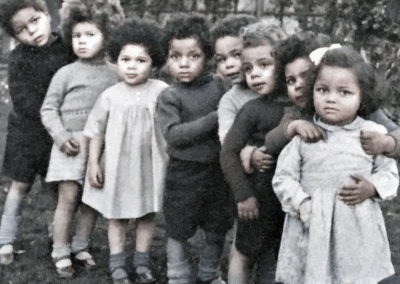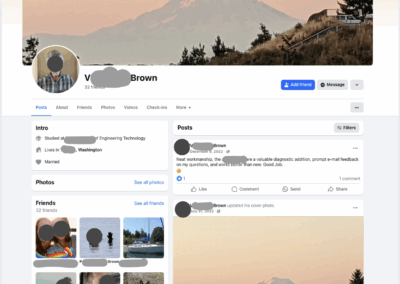The following blog post is part of a series highlighting key aspects of the work of DNA Doe Project’s investigative genetic genealogists showcased in the documentary Naming the Dead, available on NatGeoTV, Hulu, and Disney+.
An unidentified body presents a challenging puzzle. While DNA analysis and dental records are powerful tools, they require a comparison point – a known sample from a missing persons database, or a dental chart from a presumed individual. But what happens when those direct links are absent? Often, it’s the seemingly mundane objects found with the remains that become witnesses, providing clues about who they were. These personal effects are more than just possessions; they are fragments of a life, each one a potential key to unlocking a name, a history, and a path home.
What Objects Can Reveal
Every item found with an unidentified body is meticulously analyzed and documented. Even the smallest detail can hold immense significance. Though every case is different, the following are some of the common items investigators find and how they can help identify a Doe.
Clothing and Accessories
Has anyone ever told you that they can tell a lot about a person by the clothes they wear? It’s true for Does as well, and some of the things investigators are able to learn may surprise you.
- Brand and Size. High-end brands might suggest a certain socioeconomic status. Specific sizes, brands, or unique garments can help narrow down a pool of missing persons.
- Condition and Wear. Heavily worn clothing might indicate the Doe experienced homelessness or a prolonged period outdoors. Customizations or repairs could be unique identifiers.
- Style and Era. While fashion changes, certain styles can give a rough timeframe for when the clothing was likely purchased or worn, aiding in estimating time since death.
- Laundry or Dry CleaningTags. Occasionally, these can contain names, initials, or codes linking to a specific dry cleaner or laundry service.
Clothing and accessories can’t be the only clues investigators follow. A Doe may be wearing borrowed clothing or something they purchased at a thrift shop, making the link to the Doe themselves less direct. But clothing and accessories can also sometimes provide the most unexpected information that ends up being just what is needed for identification.
I worked a case where a John Doe was found wearing a T-shirt with an alien on it, and a caption that said “nobody cares”. When we eventually developed some names of interest, we started searching mugshots and found our Doe with a previous arrest wearing the same shirt.
Dr. Matthew Hoggatt, DDP Law Enforcement Liaison
Documents and Identification
This may feel like an obvious one – documents and IDs would have their names listed! Investigators are thrilled to find those kinds of clues (though it isn’t a guarantee the name found belongs to the Doe – verification is always required). But other items can be helpful, too.
- Wallets and Purses. Even if there isn’t a traditional ID, these often contain loyalty cards, old receipts, business cards, or medical appointment reminders connected to the Doe or someone they know.
- Damaged IDs. Sometimes even severely degraded driver’s licenses, student IDs, or library cards can yield partial names or photos after careful restoration.
- Prescription Containers. Names, dates, prescribing doctors, and pharmacies are typically written on prescription containers and can be linked directly to medical records or even an address.
- Mail. Letters, bills, or even junk mail can contain names, addresses, and dates. Even if it wasn’t where the Doe lived most recently, a past address paired with other characteristics may be all that’s needed for an accurate identification.
Like clothing, investigators can’t assume that any of these kinds of items are a direct link to the identity of the Doe, but they are often an excellent starting point.
Personal Effects and Trinkets
This may sound like a really generic category, but it is the best way to describe the incredibly valuable but hard to categorize other items that may be found with Does. Think about what you have with you right now or ask a friend to empty their pockets or really look at everything they have in their purse. It’s amazing what the little things we carry can say about us.
- Jewelry. Engravings, unique designs, or family crests on rings, necklaces, or watches are incredibly valuable. Watch brands and serial numbers can also be traced.
- Eyeglasses. Prescription details can be matched to optometry records and unique frames might be recognizable.
- Keys. A keyring with multiple keys may suggest a life with different connection points – an apartment with a mailbox or an identifiable car key that matches one abandoned nearby. Unique keychains can also be clues to a Doe’s hobbies and interests.
- Medical Devices. Pacemakers, prosthetics, or other implants often have serial numbers that can be traced back to manufacturers and, subsequently, to the patient.
- Handwritten Notes and Diaries. These can offer direct insights into thoughts, plans, names of contacts, or places.
- Photographs. Even old, faded photos of loved ones can spark recognition if shared publicly, leading to family members.
In the case of Laguna Beach Jane Doe, a hit and run victim that had been found in 1982, she had 2 keys on her person even though she was likely unhoused. Keys to where?! What other items or clues might have been left behind the locked doors of a mailbox, locker, or apartment building? Sometimes those small mysteries tend to linger in the back of our minds as we work to identify our Does.
– Jeana Feehery, DDP Investigative Genetic Genealogist
The Power of Simple Objects
These everyday items – and other items we didn’t have the opportunity to list specifically – transform from simple possessions into powerful narratives. They reflect habits, relationships, socioeconomic status, and even hopes and dreams. By carefully analyzing and sharing these silent testimonies, investigators, with the help of the public, can often give a voice to the voiceless, restoring names and closure to families desperately searching for their missing loved ones. The true magic lies in the ability of the mundane to speak volumes, ultimately bringing an end to the agonizing question: “Who are they?”
For more information about how you can help the DNA Doe Project, please click here.





